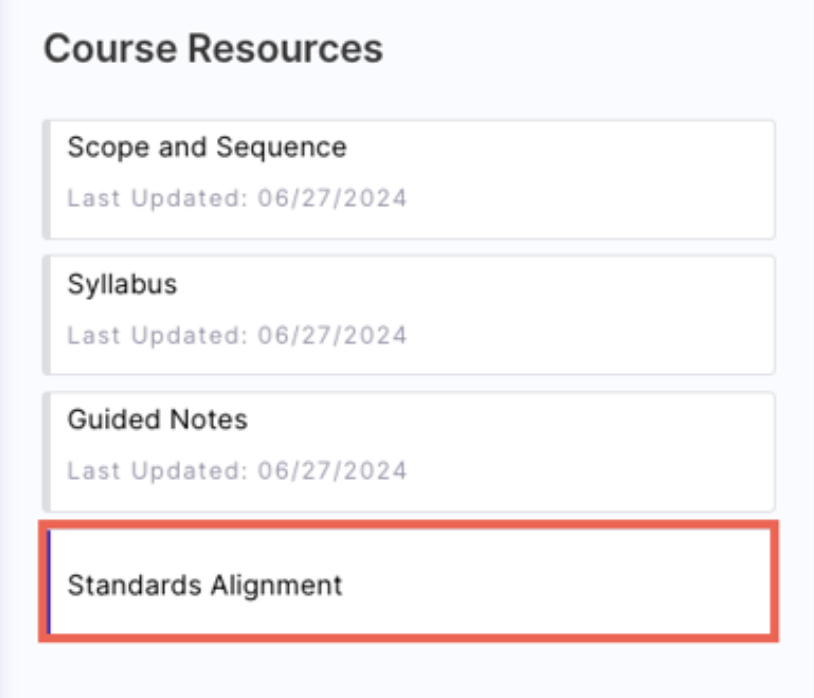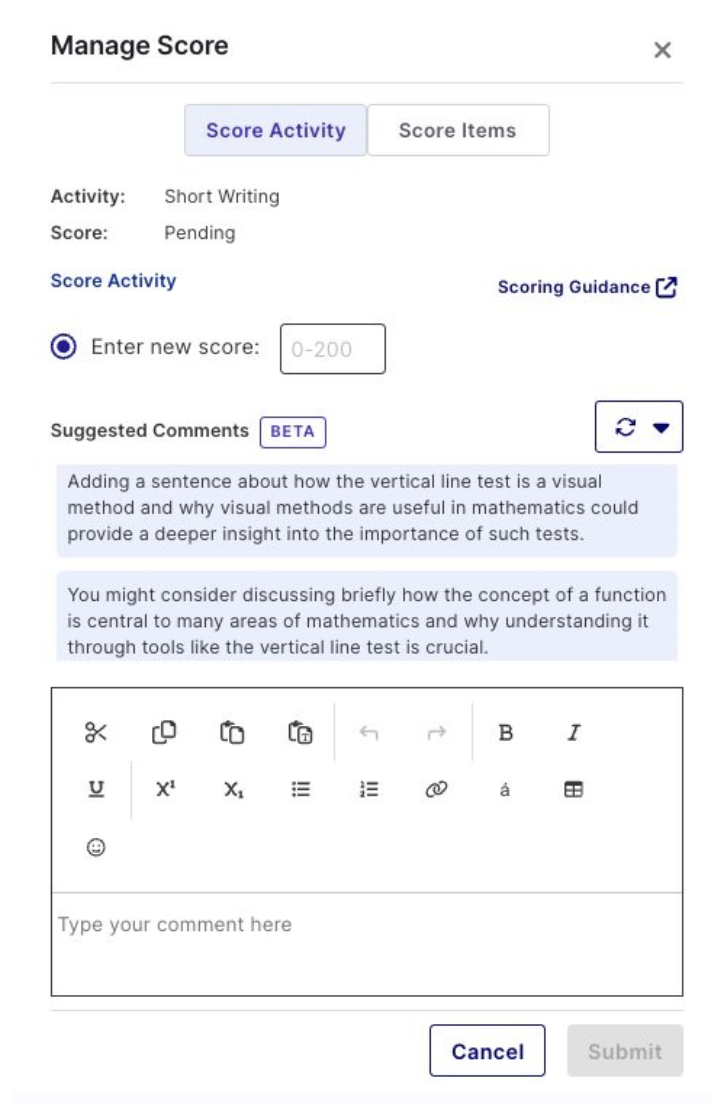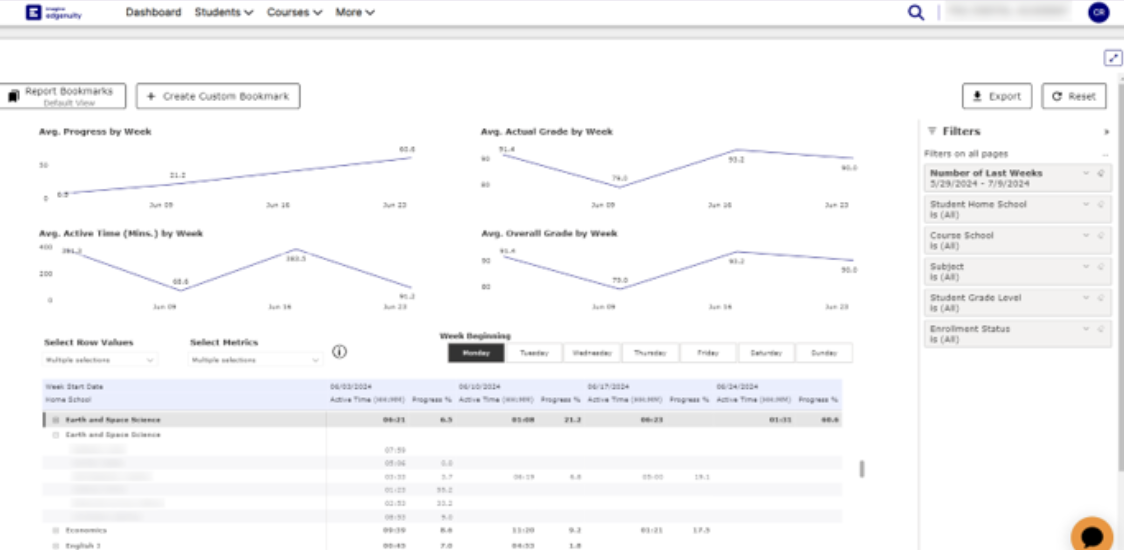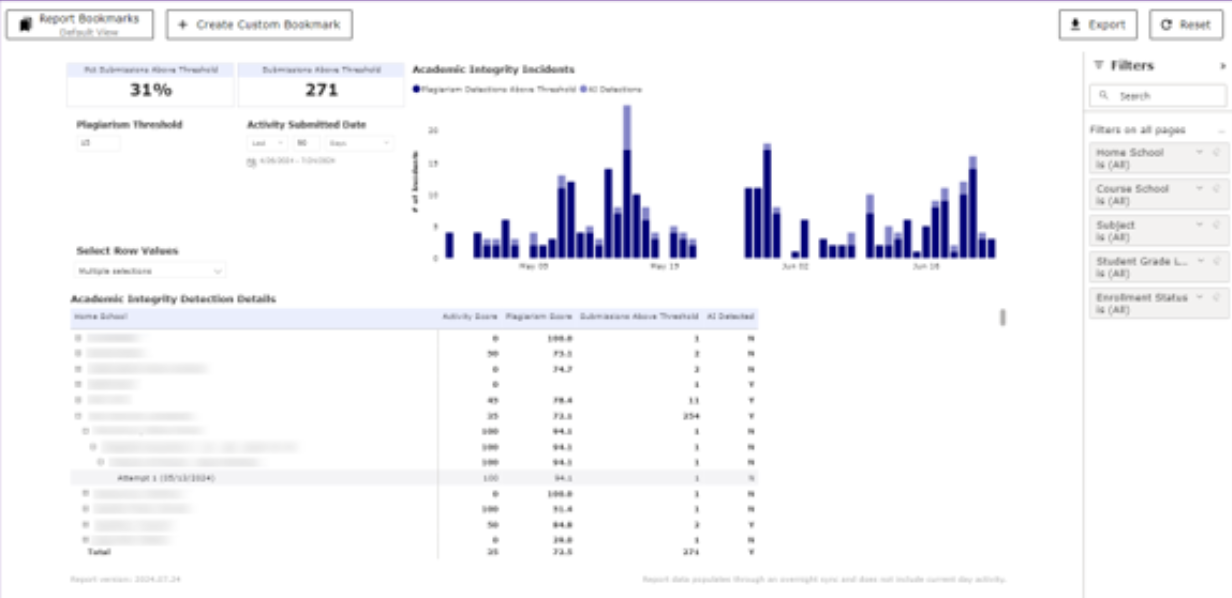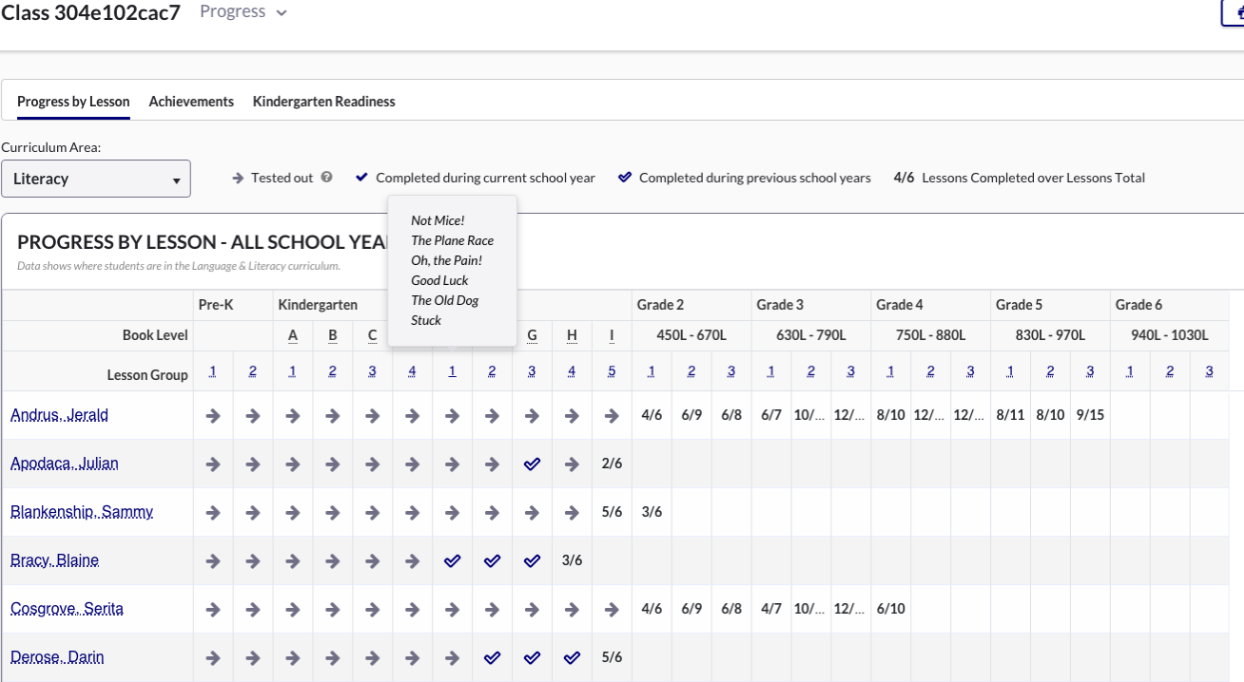View Standards Alignment in Imagine EdgeEX
August 2024
Educators in Imagine EdgeEX can view course standards alignment in several ways:
- View and download the full standards alignment for a course in the Resources tab.
- View the standards alignment in the Content tab.
- View the standards alignment in the Course Customizer.
